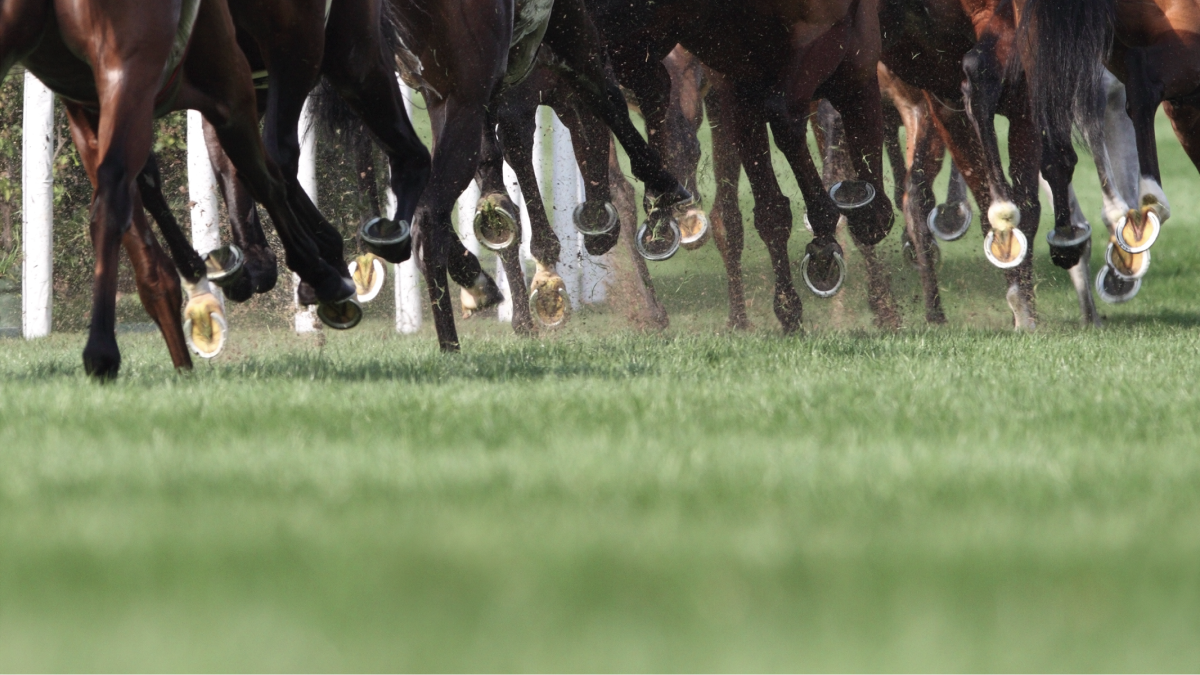Courses on objective gait analysis
Mastering objective gait analysis with leading equine biomechanics experts – Marie Rhodin and Emma Emma Persson-Sjödin

The racing industry sees benefits in being able to document a horse's movement pattern over time to make it easier to assess any changes come race day. Along with news of well-deserved retirement for some of Australia's top racing athletes, the article features a new approach to vet checks for the upcoming Sidney Everest carnival.
Horse’s from overseas entered to compete in races at the Sidney Everest Carnival , Saturday, 16th September – Saturday, 11th November will bring a so called “soundness passport” with them as part of the veterinary checks.
Trot-ups from the horses travelling to compete are sent in over a period of time in advance of the competition, which gives competition vets a good idea of their normal motion patterns.
The article explains that Racing New South Wales chief veterinary officer Peter Curl is using Sleip, with iPhone and AI technology, to assess trot-ups from international horses.
Remote recordings using the Sleip smartphone application allows a picture of a horse’s movement to be built over time, which provides a baseline and makes it easier to assess changes or irregularities.
Sleip has previously been used successfully in the autumn when Queen Elizabeth Stakes winner Dubai Honour’s history was shared with Hong Kong when he travelled there.
Check out the Sydney Morning Herald to read the article.

Mastering objective gait analysis with leading equine biomechanics experts – Marie Rhodin and Emma Emma Persson-Sjödin

Sleip will continue its sponsorship of the EGAS Live Course 2026 — marking our 4 year supporting advanced post-graduate education in quantitative gait analysis for equine veterinarians.

SLU, Sleip, and a number of private equine clinics have collaborated on a study showing how anatomical size-scaling helps align objective gait data with visual lameness assessments